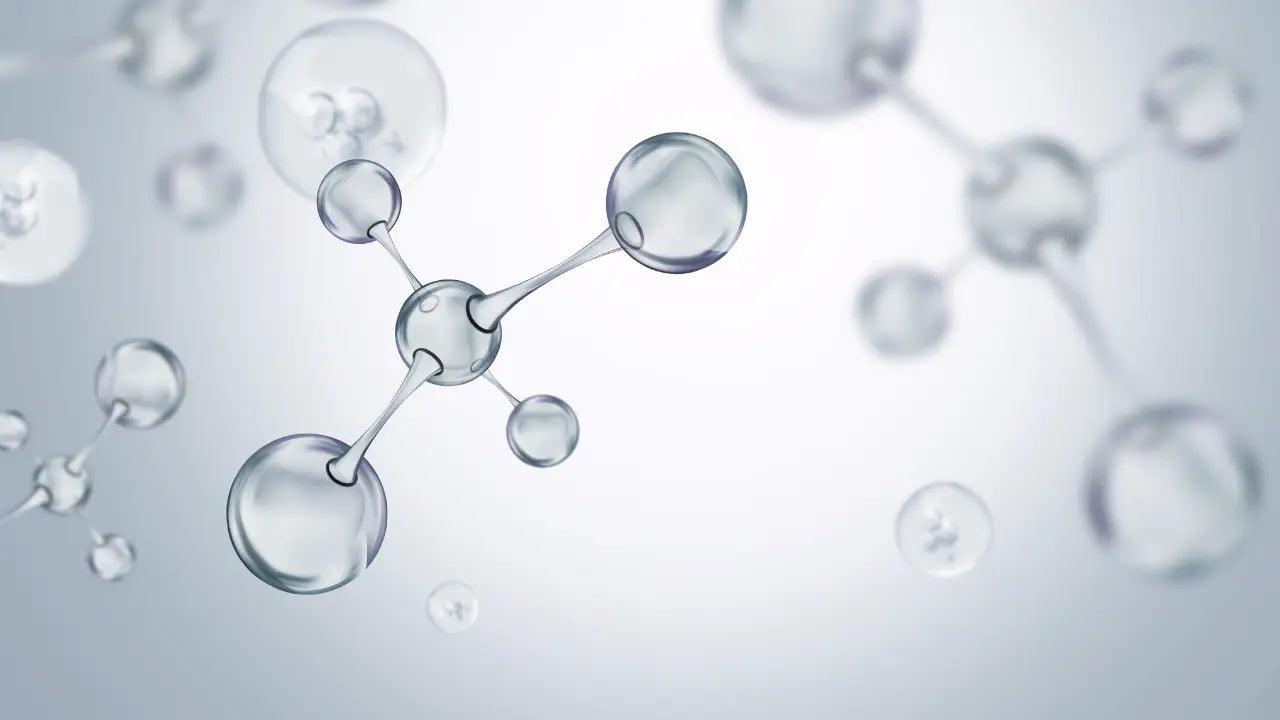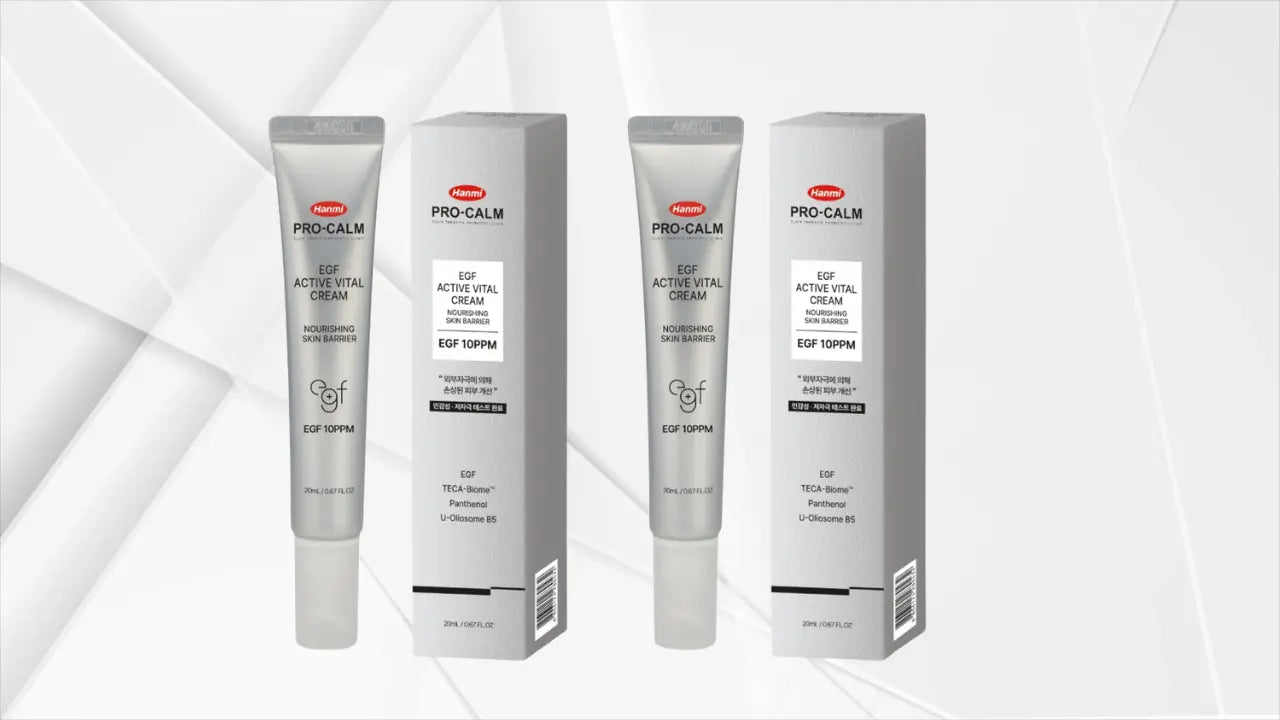Cell Fusion C Centecassol Ointment is a cica-forward ointment designed to seal in moisture and comfort skin that’s feeling roughed up, whether from the weather, over-exfoliation, or a new active gone a bit too far. I reach for this texture when my face tells me it wants fewer experiments and more quiet time, because ointments sit on the skin a touch longer, softening rough patches while giving other steps in my routine a chance to do their job without evaporating too fast.
Cell Fusion C Centecassol Ointment. What it is and why it stands out
This ointment leans into the “cica” family—Centella asiatica and its derivatives—wrapped in a thicker, more occlusive base than a typical gel cream. In plain speak, occlusives slow down water loss so skin stays plumper and less tight while it recovers. Dermatology guidance consistently notes that ointments tend to outperform lotions for stubborn dryness because they trap moisture more effectively, especially on compromised skin that needs a protective film.
In my experience, Centecassol has a comfortable glide that softens edges around flaky spots without feeling suffocating if I keep the amount pea-sized and warmed between fingers first. When I need a dedicated sealant night, I’ll apply a whisper of it over my moisturizer and wake up with fine, dry micro-lines by my mouth looking calmer. If you prefer to start with the exact product discussed here, you can explore the Centecassol Ointment from CellFusionC on our shop, which gives the full ingredient list and size so you can decide where it fits in your routine. CellFusionC Centecassol Ointment Cream 40ml
Key ingredients and how they work
Centella isn’t one note. The plant contains several actives—asiaticoside, asiatic acid, madecassic acid, and madecassoside—that show soothing and antioxidant behaviors in lab and clinical contexts. Recent publications discuss madecassoside’s role in supporting wound repair pathways and defending keratinocytes against UVB-related stress, which is one reason you’ll see it in products positioned for sensitive or post-irritation care. As always, results vary by concentration, formulation, and your skin’s baseline. PubMed+1
The bigger picture is moisture management. When a formula pairs Centella derivatives with humectants and film formers, it can help skin feel more comfortable while it regains its footing. Cosmetic chemists also point out that checking for madecassoside or Centella extract high on an INCI list is a useful shorthand when shopping ingredient-led products, though the whole formula still matters. Chemist Confessions
If you want a daily, cream-weight partner to rotate with an ointment on lighter days, Madeca Cream Hydra 3X leans on TECA (titrated Centella extract) and barrier-supporting hydrators for a more wearable daytime finish than a thick seal. Centellian24 Madeca Cream Hydra 3X Formula
How to choose and when an ointment makes sense
Think in textures, climate, and timing. In a heated apartment in winter or after a windy run, water evaporates faster off skin, so a thicker occlusive layer makes sense, especially at night when you aren’t layering makeup. Major medical sources also suggest that for very dry skin, petrolatum-rich products or thicker creams and ointments retain water better than lighter lotions; if greasiness bothers you, limiting application to the tiniest cracks or bedtime is a reasonable compromise. Mayo Clinic
If you’re deciding between an ointment and a cream for the face, remember that ointments feel heavier by design because they include more occlusive content. For me, that translates into using a rice-grain amount across damp skin and focusing on the areas that show stress first—high cheeks, around the nostrils, and sometimes along the jaw in cold, dry air. Dermatology references also favor ointments or thicker creams when skin is irritated, whereas lotions suit normal to slightly dry skin. Америкийн Сувилагчдын Академи
On nights when I want even more protection, Madeca MD Cream serves as a denser, classic occlusive finish that I keep for targeted spots rather than my full face. Dongkook Pharmaceutical Madeca MD Cream
Who it’s for—and when to skip or switch
Centecassol-style ointments are for people whose skin is sending out SOS signals: tightness that doesn’t quit, flaky zones that catch makeup, or that familiar tender feeling after leaning a bit too hard on exfoliating acids. They also suit retinoid beginners who want to buffer the learning curve by sealing in a gentle cream underneath. Guidance from dermatology groups repeatedly puts ointments and creams above lotions for dry, irritated skin, though texture tolerance and acne tendencies should steer how much and how often you use them.
If you’re oily-combination or prone to clogged pores, you may find a cream texture easier for daytime. I like using a lighter Red Blemish Cica Cream after serums in the morning, then saving the ointment for nights or only the driest patches. As always, patch-test new products on a discreet area for a couple of nights and watch for signs of congestion or sensitivity before expanding. Dr.G Red Blemish Cica Soothing Cream
How to use and routine pairings (AM/PM, with actives, SPF)
My simplest build is cleanse, watery hydrating step, cream, then a fingertip of ointment melted between hands and pressed where I need it. On retinoid nights, I either buffer by putting a bland cream first or use the sandwich method—tiny retinoid, cream, then the thinnest veil of ointment—to cut down on sting without smothering the formula. Dermatology tips for dry skin also remind us to keep sunscreen front and center during the day, because UV exposure compounds irritation, and a broad-spectrum SPF over a lighter cream can be more comfortable than SPF over an ointment on hot mornings.
When I’m actively rebuilding my barrier, Hydro Cica Soothing Cream slots in as the daily workhorse to wear under SPF, while the ointment becomes my night-only shield. If I’m in a breakout-prone phase, I keep the ointment strictly to flaky spots and rely on a gel-cream with panthenol for the rest. Physiogel Hydro Cica Soothing Cream
A quick ingredient detour: TECA, the standardized Centella extract from Dongkook, shows up across several “Madeca” products and is often positioned for soothing and revitalization. Brand literature traces TECA’s roots to wound-care heritage, which is why you see it highlighted in recovery-style creams. That history is helpful context, though individual responses still vary and patch-testing remains the safest first step. Madeca
Comparisons & narrative FAQs
Is an ointment really more effective than a cream? The short answer is that for water retention on very dry skin, ointments have the edge thanks to their occlusive film. That doesn’t make them better for everyone, but it explains why they’re a favorite for winter or post-irritation nights. Guidance from dermatologists and clinical sources repeats this theme, and recent data on petrolatum-containing moisturizers reinforces the barrier-support benefits.
What role do Centella and madecassoside actually play? Contemporary reviews and new lab work continue to examine Centella’s triterpenes for anti-inflammatory and wound-repair signaling. I keep expectations grounded, but I’ve seen redness calm faster when a formula includes these actives alongside humectants and a sensible base. If you want a lighter spot-treatment approach, D-Panthenol Cica Balm is a tidy option for oily-prone areas where a full ointment might feel heavy. PMC
Kioskin D-Panthenol Pore Trouble Cica Balm
Where does this leave “regular” cica creams? Creams built around TECA or madecassoside are my go-to daytime companions, and ointments are my night caps. If you want a single-brand route, the TECA backstory provides the connective tissue across “Madeca” products, but I still pick by texture first and only then by the Centella flavor inside. Madeca
Centella-rich ointments like Cell Fusion C Centecassol are not flashy, and that’s the point. They slow things down so skin can recalibrate, especially when your environment or routine has gone a bit hard. Start with a tiny amount at night over a simple cream, keep sunscreen steady in the day, and adjust the frequency to your skin’s feedback. When the goal is comfort and consistency, this quiet, occlusive step can be worth the real estate on your top shelf.




